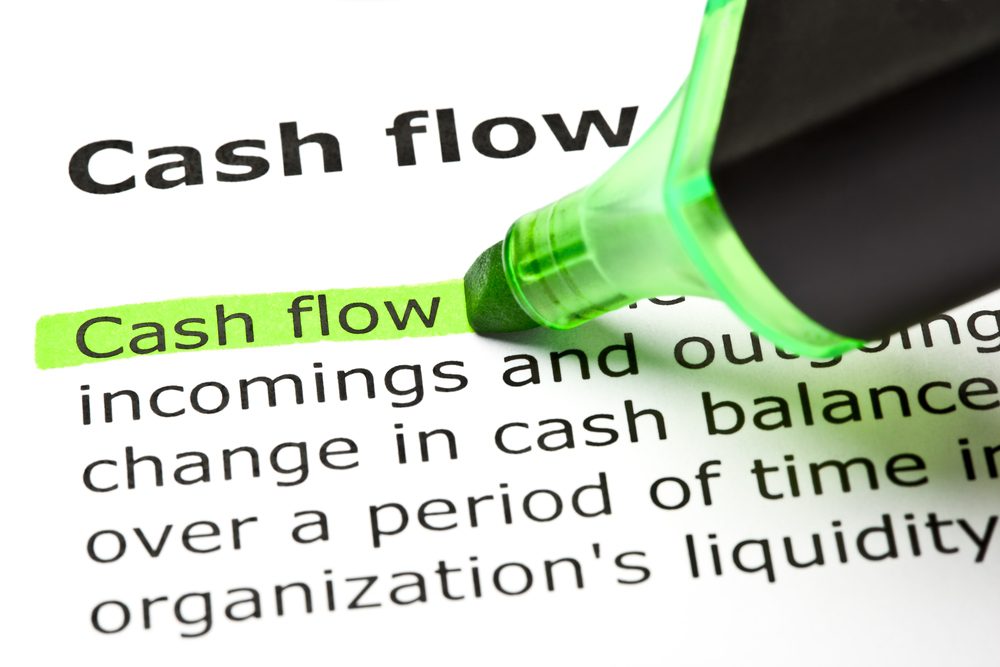“A smooth sea never made a skillful sailor.” — Franklin D. Roosevelt
The seas are rough these days. And while we hope for smooth sailing to return soon, now is the time to work on your wholesaler financial skills.
One important skill to learn during these rough seas is how to aggressively manage cash flow. Specifically, learn where cash leaves the business and how you can adjust quickly to keep more cash in your bank account.
Cash on hand means you’re in business. Running out of cash means big trouble.
In this post, we’ll look at three steps you can take right now to keep more cash in your bank account so that you can ride out these rough seas. This information will help you survive now and thrive when the crisis subsides.
3-Step process to manage cash flow and increase cash on hand
- Find out how and where money leaves your business
- Insert yourself into the money-out process
- Review past spending … and adjust
No. 1 Find out how and where money leaves your business
To start, make a list of the ways that money flows out of your company. The usual cash outflows are:
- Accounts payable
- Payroll
- Manual checks
- Electronic Funds Transfer (EFT)
- Automated Clearing House (ACH)
Pay special attention to the last two bullet points. These are deductions directly from your bank account and may go unnoticed in a time when you’re trying to turn off cash outflows.
Which of these cash outflows apply to your business? Take your list and move on to the next step.
No. 2 Insert yourself into the money-out process
Put yourself directly in-between your money and the expense to be paid. In other words, sign every check that goes out through accounts payable, review every manual check before it is mailed, look over the payroll report before it is processed, and get a listing of all the EFT or ACH payments that have been processed through your bank account.
This is the only way to slow or stop cash from flowing out of your business. You need to be directly involved, and directly in-between your money and the expense to be paid.
No. 3 Review past spending
One of my favorite financial reports, in good times and bad, is the general ledger (G/L). It records every transaction that flows through your business. The G/L can serve as a road map to reduce the outflows of cash in an emergency.
Print a copy of your detailed general ledger for the past 12 months and review all the expenses. As you look over the figures, ask questions: What cash outflows are recurring? What can be shut off immediately? What upcoming payments can be delayed or deferred?
The general ledger isn’t just for the number crunchers, it’s a tool for wholesaler owners and managers to identify and shut off cash outflows.
Wrap Up + Action Items
Now, more than ever, good cash flow management is an essential survival skill. Use the 3-step process to identify ways to reduce the outflow of cash from your business. Put yourself directly between your money and the expense to be paid. Utilize the general ledger and use it as a road map to reduce spending immediately.
This crisis will end, but the financial skills you learn today will benefit you forever. Use them to survive now and thrive into the future.





